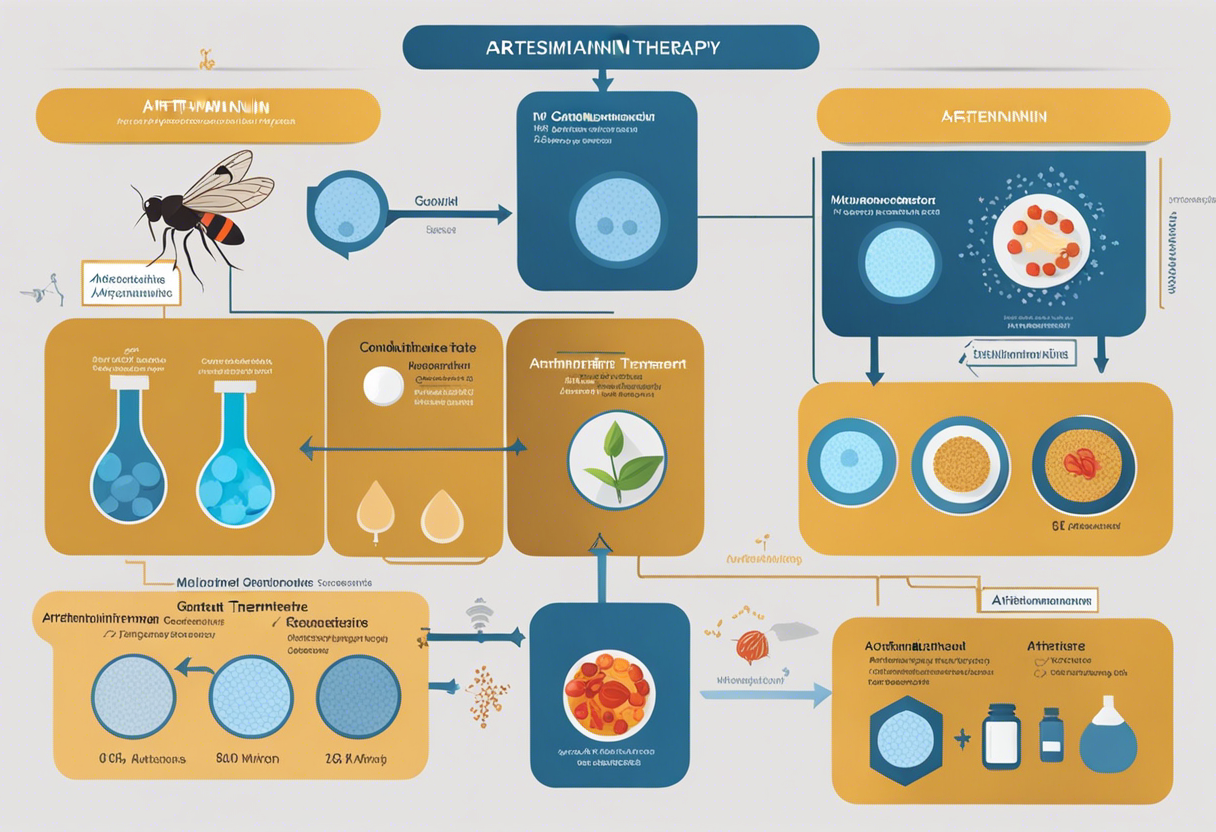Diving into the Depths of Malaria Treatment: The Top Five Game-changers in Combating the Scourge
From ancient times, humans struggled to fight malaria, utilizing a variety of natural remedies and techniques. During ancient Rome, for example, they discovered that certain plants could mitigate symptoms. But the real breakthrough occurred in the 17th century with the introduction of quinine, extracted from Cinchona tree bark. By the 20th-century, synthetic antimalarials like chloroquine and proguanil appeared, changing the landscape of malaria treatment.
Moreover, it was the discovery of artemisinin in traditional Chinese medicine in the 1970s, that led to the development of common modern-day treatments like artemether-lumefantrine. The growth in this field has been accelerated further in the past few decades, especially with the increasing drug resistance of the Plasmodium parasite causing malaria. This historical context aids our understanding of how we reached existing treatments and the amount we still need to progress.
Artemisinin-based therapy: The Gold Standard

Artemisinin-based combination therapy (ACT) revolutionized malaria treatment. Derivatives like artemether and artesunate are paired with an additional antimalarial for increased effectiveness. ACTs are particularly effective against P. falciparum, the most deadly malaria species.
However, these therapies are not without drawbacks, with reported resistance, particularly in regions of Southeast Asia. Understanding ACT's effectiveness and limitations can offer insights into the trajectories of future treatments and prevention strategies.
The Promise of Vaccines

Malaria vaccines represent an exciting development in malaria control. The RTS,S/AS01 (trade name Mosquirix), developed by GlaxoSmithKline, is the first and currently the only vaccine approved for use by the World Health Organization. It aims to trigger the immune system to defend against the P. falciparum parasite.
Nevertheless, the vaccine presents some challenges, such as partial immunity, a high number of doses, and limited influence on malaria mortality. Yet, it's a step forward in combating this disease, and ongoing research continues to improve vaccine formulations.